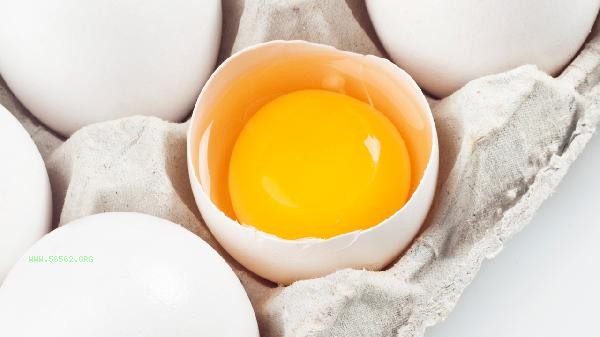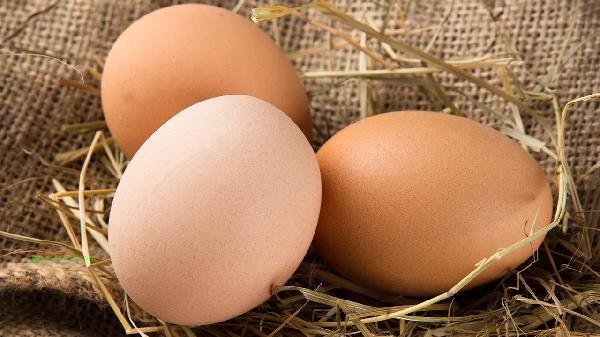It is recommended to supplement whey protein for muscle building within 30 minutes after exercise, and it is more effective when combined with an appropriate amount of carbohydrates. The main ways of consuming whey protein include post training supplementation, breakfast pairing, bedtime supplementation, divided intake, and alternative snacks.

1. After strength training, muscles are in a synthesis window period, and supplementing whey protein can quickly provide amino acids to promote muscle repair. Choose easily soluble whey protein powder and brew it with warm water or skim milk to avoid high temperatures damaging the protein structure. The amount of supplementation after training can be adjusted according to body weight and training intensity, but it should be noted that the single intake should not be too much.
2. Breakfast pairing
Supplementing whey protein on an empty stomach in the morning can compensate for protein breakdown at night. It is recommended to add protein powder to oatmeal Congee, whole wheat bread or fruit milkshake. It can slow down the absorption rate when paired with whole grains and healthy fats. People with whey protein intolerance can choose to isolate whey protein to reduce gastrointestinal discomfort symptoms.
3. Supplementing before bedtime
Consuming slow-release whey protein one hour before bedtime can help maintain muscle synthesis throughout the night. Mixing casein with whey protein yields better results, and can be paired with a small amount of nuts or flaxseed to provide essential fatty acids. Avoid consuming too much fluid before bedtime, which can affect sleep quality.
4. Segmented intake

Supplementing whey protein in 3-4 times a day is more beneficial for protein absorption and utilization than a single large intake. The interval between each supplement is about 3 hours, and it can be paired with low glycemic index carbohydrates such as bananas and sweet potatoes. Fractional intake can reduce the metabolic burden on the kidneys and avoid protein waste.
5. Alternative snacks
Using whey protein bars or protein milkshakes instead of high sugar snacks can increase protein intake. Choose pure whey protein products without additives and avoid trans fatty acids and artificial sweeteners. When the amount of exercise is low, the amount of whey protein supplementation should be reduced accordingly to prevent excessive calorie intake. Whey protein supplementation should be combined with individual exercise intensity and daily dietary adjustments. The general fitness population can meet their muscle building needs by supplementing 1.2-1.7 grams of protein per kilogram of body weight per day. Long term reliance on protein powder alone may lead to nutritional imbalance. It is recommended to obtain diversified protein through natural foods such as fish, eggs, and beans. Individuals with renal dysfunction should consult before use to avoid exacerbating the burden on the kidneys. When brewing, pay attention to keeping the water temperature below 40 degrees Celsius. The best effect is to drink immediately after vigorous exercise. During continuous supplementation, ensure sufficient water intake to promote metabolism.







Comments (0)
Leave a Comment
No comments yet
Be the first to share your thoughts!